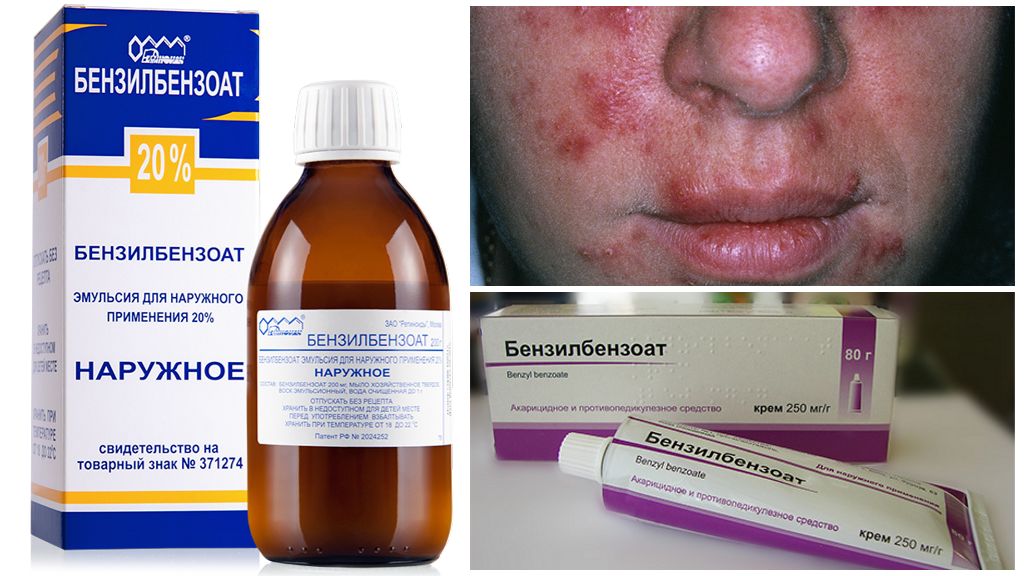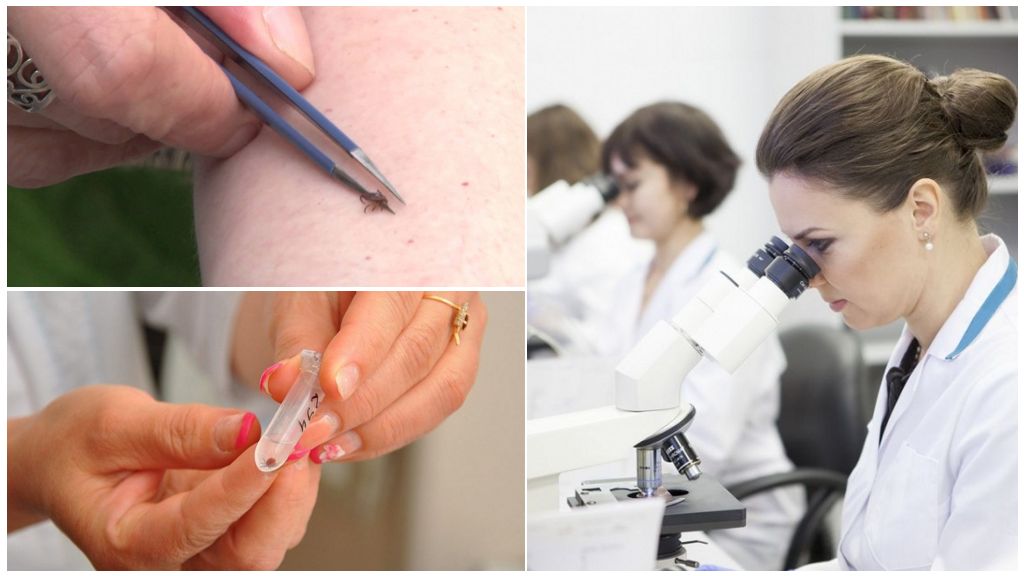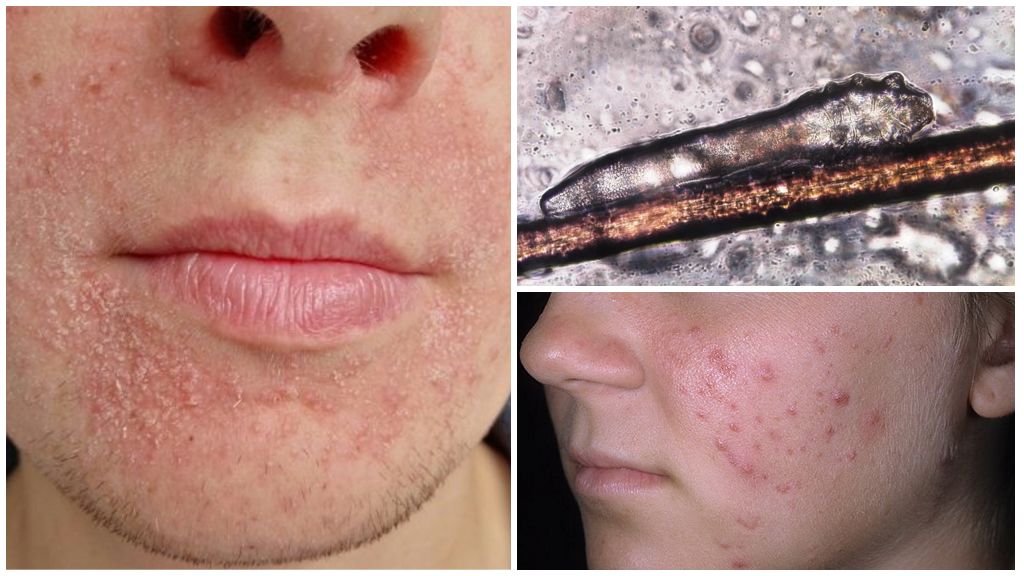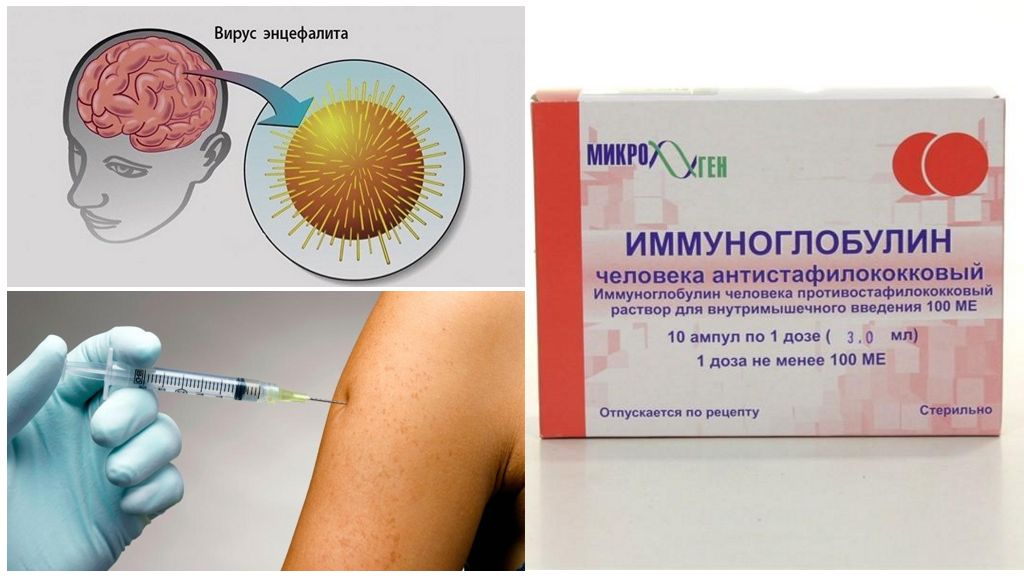- Demodecosis
- Causes
- Prevention
Demodecosis is a dermatological disease caused by subcutaneous demodex tick. The parasite lives in the sebaceous glands, hair follicles. It feeds on particles of the epidermis, fat, hormones. It activates its vital activity while weakening the immune system. It manifests itself in skin rashes, allergies, conjunctivitis. Whether or not demodicosis is contagious, transmission routes, consequences are further in the article.
Features of the mite
Demodex is a conditionally pathogenic microorganism. In 90% of the world's population, ticks are present on the skin. However, not everyone has signs of the disease. Most people are carriers. Under the influence of certain factors, microorganisms become more active and begin to multiply actively.
Is localized subcutaneous tick on the face, the head, since it is there that a large number of hair follicles, sebaceous ducts are concentrated. The parasite feeds on particles of the epidermis, fat. All the time active reproduction of microorganisms, a person does not feel anything. After 20 days, the tick dies, begins to decompose, poison the cells. At this point, symptoms of demodicosis appear.
Important!
The first manifestations, experts call the presence of rosacea - acne. There are inflammations, pustules, redness of the skin, the vascular network, and the pores expand. Itching, a feeling of tightness of the skin on the face are worried. With a long course of the disease, complex forms of demodicosis, infection spreads to the chest, back. The elderly are often diagnosed demodicosis of the eyes with purulent discharge in the corners.
How is a subcutaneous tick transmitted?
According to experts, demodicosis is transmitted to infants from the mother on the seventh day after birth. Symptoms do not always appear. That the disease is transmitted from person to person has been repeatedly proven. There are several ways of infection, but close contact with the source of the disease is always necessary.
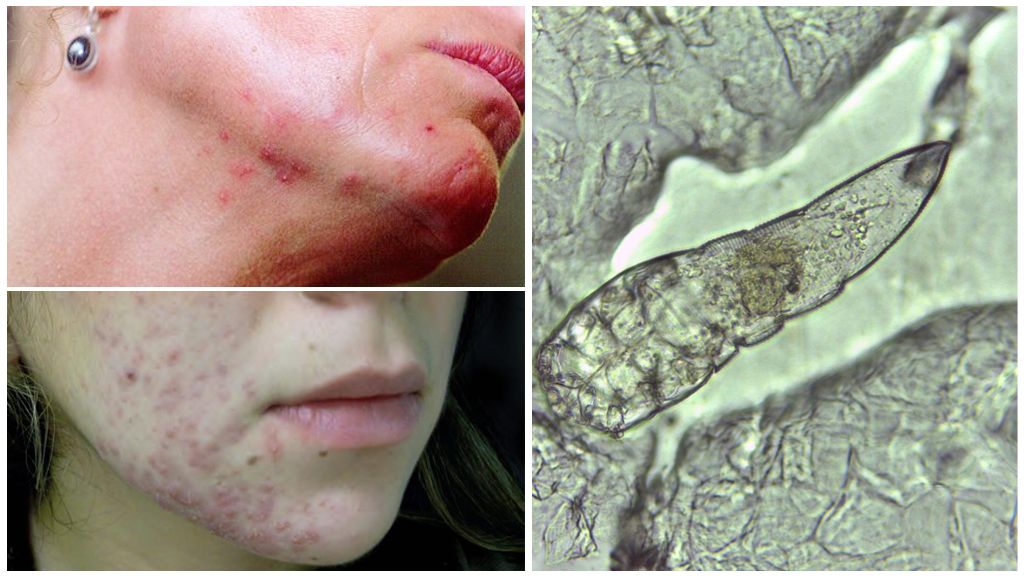
Demodecosis in people is transmitted through hugs, kisses, contact with infectious things, bedding, hygiene products, through hats, combs, towels, napkins. Demodecosis in humans is contagious even in the absence of vivid symptoms of the disease, with carriage.
Interesting!
The erroneous opinion that it is possible to get infected with Demodex tick from animals. Pets often suffer from this disease, but are not a source of infection for humans. A tick when it gets on people's skin dies after a while, does not live for a long time, does not breed, because the conditions are not suitable. He needs a coat that a person does not have.
Predisposing factors
The subcutaneous tick on the face is contagious, but the likelihood of infection in the infected person is extremely small. Promotes the development of demodicosis, weakened or pathologically weak immunity. The body is not able to restrain the vital activity of microorganisms, symptoms appear.
Contribute to the development of demodicosis:
- chronic fatigue;
- stressful situation;
- exhaustion of the nervous system;
- heredity;
- oily skin type, abnormal sebaceous glands;
- hormonal disbalance;
- metabolic disease;
- non-compliance with facial hygiene;
- squeezing acne;
- alcoholic drinks;
- smoking;
- abuse of fried, spicy foods;
- prolonged exposure to the sun under direct rays;
- pregnancy;
- liver pathology;
- long-term use of antibiotics and other drugs;
- frequent colds with high fever;
- taking hormonal drugs;
- pathology of the endocrine system, malfunctioning of the thyroid gland;
- tendency to allergies;
- bowel disease;
- fungal infection;
- chronic pathology.

On a note!
The risk of developing demodicosis increases with the simultaneous exposure to adverse factors.
Symptoms of the disease
At first, the disease develops asymptomatically. As the number of parasites increases, as well as with their mass death, the first manifestations appear. It is problematic to determine infection with demodicosis, since the manifestations are similar to other dermatological pathologies - allergies, dermatitis, psoriasis. It is necessary to pay attention to the following manifestations:
- acne - acne;
- rosacea;
- redness, tightening of the epidermis on the face;
- edema;
- enlarged nose;
- pore enlargement;
- itching
- peeling;
- tightness;
- pigmentation;
- spider veins;
- skin color changes to gray, burgundy;
- the skin becomes lumpy, loose;
- small sores;
- hair loss;
- itching on the head;
- heaviness of the eyelids;
- purulent accumulations in the corners of the eyes, a foreign body sensation;
- blepharitis.
When using hormonal drugs for allergies, the therapeutic effect does not occur, there is temporary relief or aggravation of the situation.
Prevention Methods
Experts say that 90% of the world's population are carriers of demodicosis or have vivid manifestations of the disease. We can say with confidence that the tick is present on almost everyone on the skin. The main task is to prevent it from multiplying, to begin active life. To do this, we must try our best to maintain immunity, reduce the impact of adverse factors:

- lead a healthy lifestyle;
- to refuse from bad habits;
- do not abuse alcohol;
- take hormonal drugs in case of urgent need;
- Healthy food;
- limit the use of seasonings, spices, fried, fatty foods;
- minimize stay in stuffy, hot rooms, in direct sunlight - saunas, baths, sunbathing on the beach;
- stick to personal hygiene;
- prevent the chronic course of diseases;
- monitor the cleanliness of the skin of the face, head;
- maintain normal weight;
- Do not get involved in sweets, coffee, chocolate;
- take vitamin complexes;
- not to allow physical overwork, nervous exhaustion;
- excessive use of skin care products;
- avoid stressful situations.
To reduce the risk of infection, it is necessary to observe personal hygiene, not to use other people's things, to exclude close contact with other people - kisses, hugs, without special need.
On a note!
If a relative or family member has demodicosis, you should not panic. If there are no health problems, immunity is strong, infection will not follow. But you must follow the rules of hygiene, especially pay attention to the skin of the face, head.
Treatment
To defeat demodicosis, an integrated approach is required. Efforts are aimed at strengthening immunity, reducing the influence of adverse factors. Mandatory diet, rejection of bad habits, limited exposure to the sun. Ticks are treated with drugs from the metronidazole group - Klion, Trichopolum, flagil. Demodecosis Treatment lasts from 4 to 6 weeks. The dosage is selected by the doctor.
At the same time, topical preparations are prescribed - ointments, lotions, creams. Effective ointments - metronidazole, sulfuric, mercury ointment, benzyl benzoate emulsion, various pharmacy talkers, ointment Yam. As a supplement, apply folk remedies. Therapy is long - up to 6 months.It is forbidden to use cosmetics during treatment. To prevent exacerbation, observe the rules of prevention.



